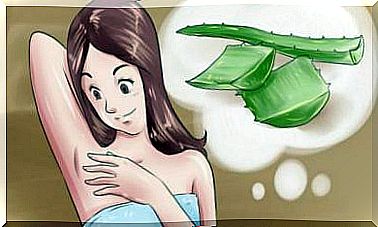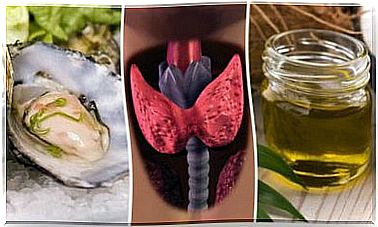Myiasis: Causes And Types
Myiasis is an infection caused by a type of fly larvae which can become very serious. There are several preventive measures that are recommended to be implemented, especially in tropical countries.
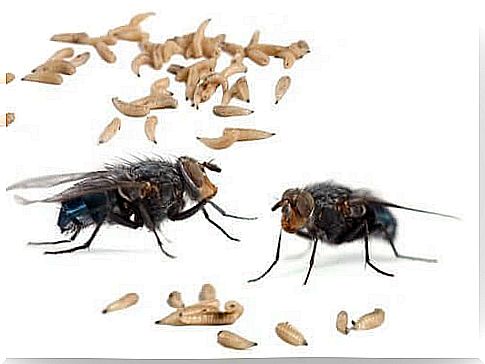
Cutaneous myiasis is an infestation of the skin caused by the larvae of certain species of flies such as Dermatobio hominis and those of the family Calliphoridae or Oestridae . The habitat of these species are humans or animals that have weak defenses.
The larvae, which represent the juvenile stage and have different anatomy, physiology and ecology from the adult stage, feed on living or dead tissue. They then destroy the tissue by invading large amounts of skin.
Also, signs and symptoms vary depending on the species of fly. These infestations usually take place in tropical countries. People who suffer from myiasis in other countries often return from having visited a tropical country.
Symptoms of myiasis
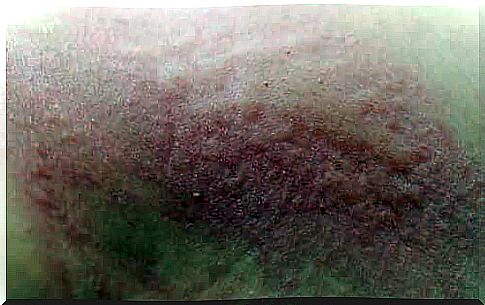
The most common symptoms are:
- Skin pruritus.
- Intense itching.
- Sensation of movement in the area.
- Sharp, stabbing local pain.
At first, a small red protuberance appears and can be mistaken for an insect bite or the beginning of a boil. It then turns into a larger mass with an opening in the center.
Unlike the larvae of common house flies, most myiasis-causing larvae invade both healthy and dead tissue.
Clinical forms
1. Furunculous myiasis
Many of the flies that cause furunculous myiasis are known as blue flies. The best-known species come from South and Central America, as well as sub-Saharan and tropical Africa.
Sometimes flies lay their eggs on other insects like mosquitoes. Or on objects such as extended laundry, which can then come into contact with human skin.
The eggs hatch as larvae which then penetrate the skin and develop into more mature larvae. Without treatment, the larvae eventually emerge from the skin and fall to continue their life cycle.
You may be able to observe a small part of the tip of the larva. Indeed, they need oxygen. So if the opening in the skin is blocked, they can come out, or at least, get closer to the surface.
2. Creeping linear myiasis
In this case, by migrating under the skin, the larvae create a dermographism.
3. Subcutaneous myiasis
Deep and painful tumors appear and disappear after a few days. However, they can quickly reappear until the last tumor turns into an ulcer and releases the larva.
4. Cavitary myiasis
It is the most destructive form of myiasis. It effectively attacks the entire head, mainly the paranasal sinuses and the external auditory canal.
The term cavitary myiasis comes from the fact that it forms large pits destroying tissue, cartilage and bone. It can even lead to the death of the patient. Once it penetrates the bones of the skull, it can reach the brain, causing inflammation and even bleeding and hemorrhaging.
Treatment, diagnosis and prevention
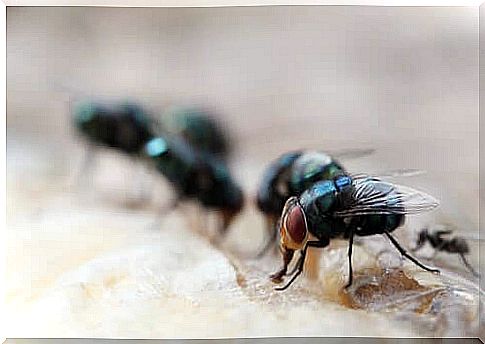
The diagnosis of myiasis is based on the clinical setting. Sometimes an ultrasound is recommended to help diagnose and proceed with treatment.
In the case of ulcers, treatment is done with soap and water, topical antiseptics, and oral antibiotics. If it is furunculous myiasis, nail polish or petroleum jelly is applied to block the opening in the skin. Usually the larvae emerge spontaneously after 24 hours.
If the larvae die before they emerge, they are more difficult to remove and often cause an intense inflammatory reaction. It is therefore necessary to be very attentive to the total extraction of the larvae.
On the other hand, the drug ivermectin, administered orally or topically, can kill the larva or cause it to come out. In addition, the use of repellents is useful in preventing mosquitoes carrying fly larvae from depositing them.
Finally, here are a number of measures to prevent infection with fly larvae:
- Close windows and doors at nightfall.
- Place netting or screens on windows.
- Avoid having food, garbage or liquids accumulated in the house.
- Use mosquito repellents, especially in areas most affected by this disease.
Also, in tropical regions, it is recommended to iron all clothes before wearing them, especially if they have been dried outside the house. Because they can sometimes contain fly eggs.

